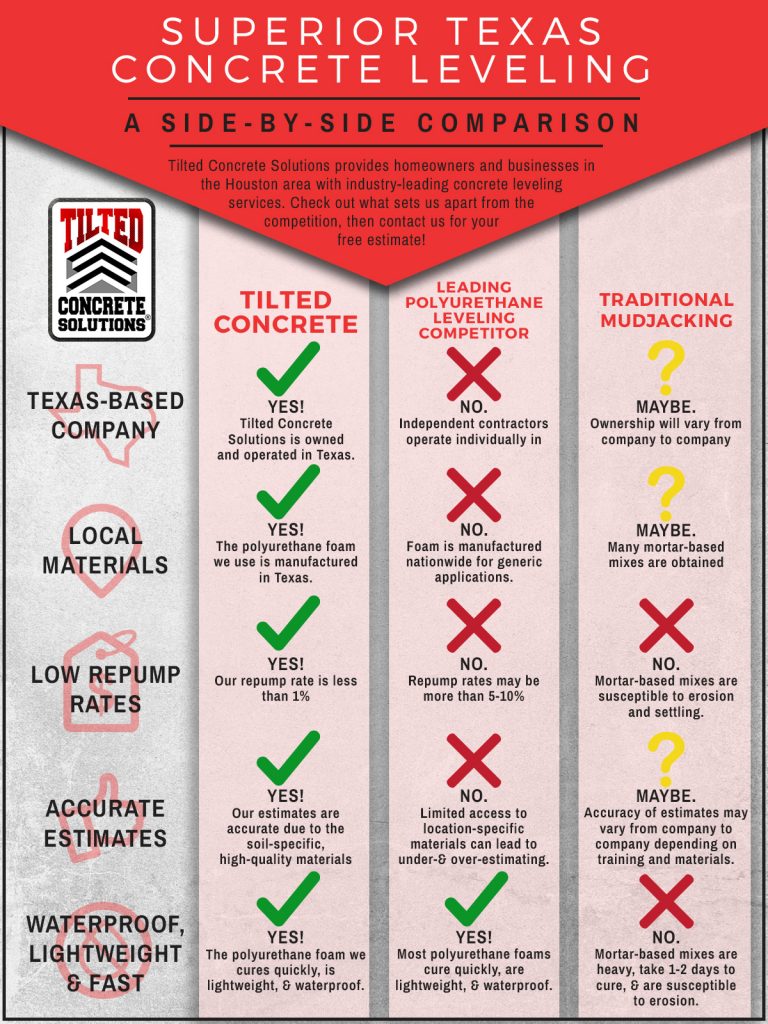Methodical Strategy To Preparing Your Wall Surfaces Before Paint
Methodical Strategy To Preparing Your Wall Surfaces Before Paint
Blog Article
Post Author-Lyhne Chaney
When you're prepping your walls for painting, it's important to follow a systematic procedure to ensure a remarkable coating. Begin by taking a look at the wall surface for any type of damages; this action can make or break your task. As soon as painting estimate have actually recognized any type of issues, cleaning up the surface appropriately is vital, as a filthy wall can affect paint attachment. Afterwards, you'll require to spot any type of imperfections and apply a guide. However there specify strategies and suggestions that can raise your preparation game-- let's check out those more to accomplish the very best outcomes.
Assessing Wall Surface Problem
Before you get your paintbrush, take a moment to evaluate your wall surfaces' problem. Look for any visible damages like splits, openings, or peeling off paint. These blemishes can impact how the paint adheres and looks as soon as it's completely dry. If you discover any kind of considerable damages, you'll require to prioritize repairs prior to diving into painting.
Look very closely at the appearance of your wall surfaces. Is the surface smooth, or is there structure that might call for special consideration? Smooth wall surfaces generally need less preparation, while textured surface areas might need more time to repaint uniformly.
Additionally, take into consideration the previous paint job. If the old paint is glossy, it mightn't enable new paint to stick effectively. You'll would like to know if your walls have been repainted with oil-based or water-based paint, as this can impact your selection of primer or paint.
Finally, make note of any wetness concerns. If you see indications of water damages or mold, address these issues right away to stop more difficulties.
Cleansing the Surface
When you've evaluated the condition of your walls, the next action is cleansing the surface area. Begin by collecting your products: a bucket, warm water, a moderate detergent, a sponge or cloth, and a scrub brush for tougher areas.
Begin at the top corner of the wall and work your means down. Mix the cleaning agent with cozy water in your container, then dip the sponge or towel right into the solution. Wring it out to avoid extreme wetness on the wall surfaces.
As you clean up, pay very close attention to locations that could've gathered dirt, oil, or fingerprints. For stubborn stains, make use of the scrub brush gently to avoid harming the paint below. Rinse your sponge or towel frequently in clean water to prevent spreading out dust around.
After cleansing, it's necessary to clean the wall surfaces with a damp towel to eliminate any type of soap deposit. This action ensures a smooth surface for the new paint to adhere to.
Enable the wall surfaces to completely dry completely before carrying on to the following prep work actions. This complete cleaning process will certainly help create a fresh canvas for your painting project, making sure the most effective results.
Patching and Priming
Patching and priming are vital action in preparing your wall surfaces for a fresh layer of paint. Initially, examine your walls for any kind of openings, fractures, or flaws. Utilize a high-grade spackling substance or patching paste to fill up these areas.
Apply https://www.intheknow.com/post/make-beautiful-paintings-using-these-household-items/ with a putty knife, smoothing it out so it's flush with the bordering surface. Permit it to dry totally, and after that sand it lightly until it's smooth and also.
When you've patched whatever, it's time to prime. Guide aids seal the covered areas, guaranteeing the paint adheres appropriately and supplies an uniform surface. Select a guide suitable for your wall type and the paint you'll be making use of.
Apply the guide using a roller for bigger locations and a brush for corners and edges. If look at here covered locations are significantly large or porous, you may wish to apply a second coat of guide after the initial one dries.
After priming, allowed everything dry thoroughly prior to going on to painting. This preparation won't just improve the look of your wall surfaces yet likewise prolong the life of your paint work.
Take your time, and you'll be pleased with the outcomes.
Verdict
By adhering to these easy steps, you can achieve a smooth and specialist surface on your walls. Start by examining their condition, then tidy and spot any blemishes before using primer. Remember to enable appropriate drying time and ensure whatever is smooth before you dive into paint. With the right preparation, you'll establish the stage for an attractive change in your area. Now, collect your supplies, inhale the fresh air, and prepare yourself to paint!
